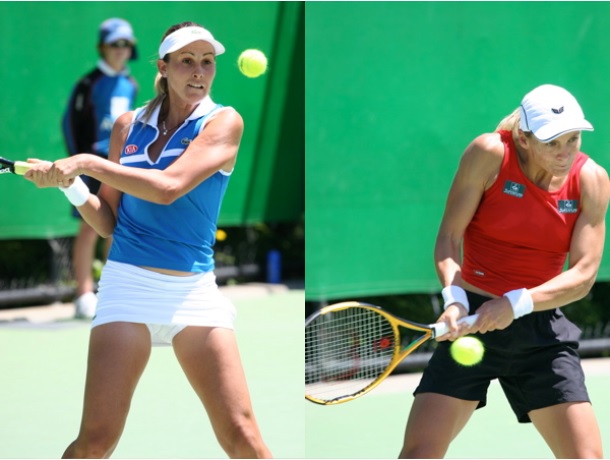I love getting out and about to sporting events with my digital camera. Recently I went to the Australian Open Tennis and took a few hundred shots over the day (you can see one of M. Sanchez Loren to the right – not shot in low light but definately
action). So when Amy Renfrey from the Digital Photography Success e-book asked me if I’d like to post this tip on taking Action Shots in lowlight situations I jumped at the opportunity. Here’s what she writes:
You know recently I have been getting a few requests to please help with fast action shots indoors. I remember when I too was frustrated with not being able to get a response from professional photographers about this situation. They were always so elusive with how they conducted themselves out on the field and what they did to get a certain effect.
So now I’m going to tell you about how to master this. Do you want the good news or the bad news first?
Okay good news is that yes it is possible. Bad news is that you do need a good camera with manual controls to do it. I am assuming that you have either a point and shoot camera or an slr. Either way, its better than a cheap camera that does nothing.
Okay good, so we got that established.
The secret is this: the reason fast action shots look blurry is normally because they are taken in level of low light, such as an indoor basketball stadium for example. What happens is the camera, if left on auto, automatically adjusts itself to low light levels, which means a slower shutter speed. A slower shutter speed occurs the camera needs time to get in as much light as possible due to this low level of light. Its great from the cameras point of view, but really, its annoying and disappointing.
Since there is shooting moving subjects in low light conditions?
Well firstly, increase that shutter speed. You may notice an increase in digital noise but it will only be slight so don’t worry about it. After all its probably worth it for that ‘golden’ photo you are trying to get.
Its going to be hard getting more light into the camera, because usually you’ll be too far away for the flash to work appropriately anyway. This is why your shutter is the first consideration.
Something that might help further is this: Shot 1- take the shutter at a certain speed, shot 2- increase the shutter speed one notch, shot 3 then increase it again, and so on and so forth. If you have the patience and inclination, write down on a note pad exactly what shutter speed shot 1 was at, what shot 2 was at, etc. Then when you view the images on your computer later that night you will have the settings writing down so you know what shutter speed worked the best. Then you can apply that to other situations too.
So relax and work with what you’ve got. Increase the shutter speed or increase the light.
By: Darren Rowse
